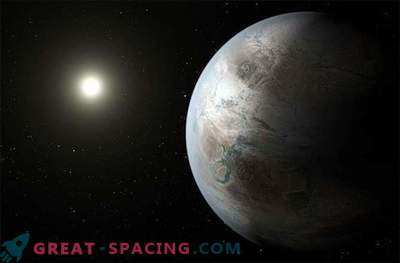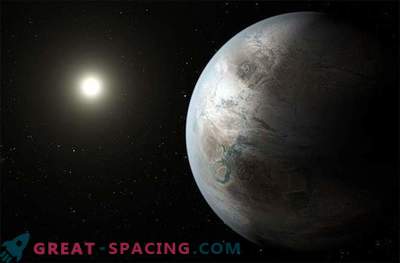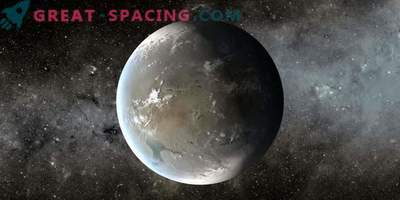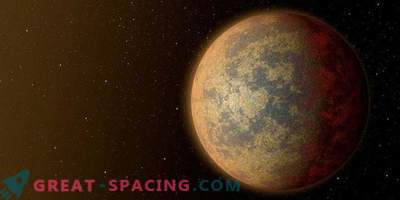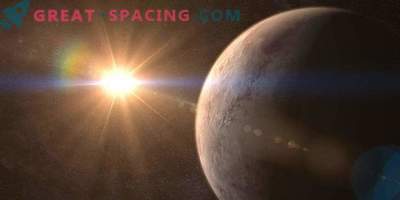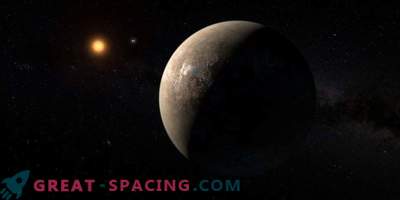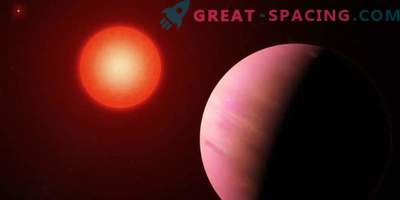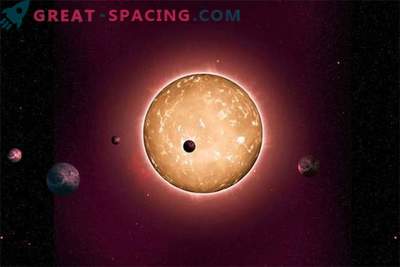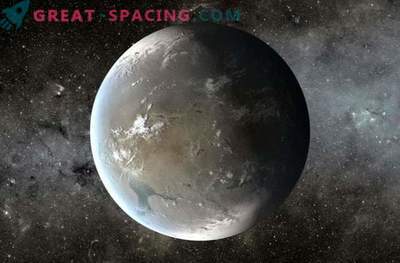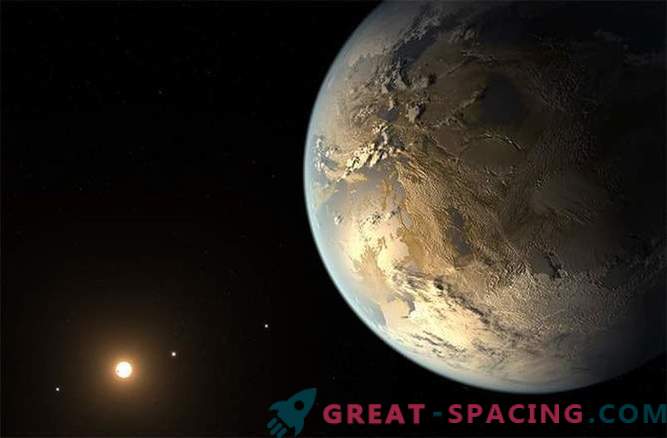
Astronomers announced the discovery of a new exoplanet Kepler-186F. Its size is comparable to the size of Earth, and it revolves around its star within the limits of inhabited area. Without a doubt, this is an important discovery, but it is premature to call it historical. At the moment there is no reason to assert that the world is of the “earthly type”. It is possible that conditions on the new planet are unacceptable for the existence of life.
Back in 2011, a series of articles were published on the Discovery website, predicting that the discovery of Earth 2.0 would most likely take place in 2012. In one of the publications, it was said that by this time enough time would have passed for the Kepler Space Telescope (NASA) to detect the first in the history exoplanet like Earth. At the same time, its orbit should be located within the habitable zone, that is, where on a rocky surface water may exist in a liquid state. It is worth noting that there is liquid water on the surface of the Earth and that is why life exists here. Thus, in search of extraterrestrial life, it is fundamentally important to find water in a liquid state.
Alas, these predictions were not justified. And although during this period, indeed, a lot of information was collected about exoplanets, nevertheless, there was no earthly analog among them. And today, when more than two years have already passed since the appointed date, at a distance of about 500 light years, a worthy candidate for the title “Earth 2.0” was finally found. Prior to this, the planet, most similar to Earth, was considered Kepler-62f, but Kepler-186F surpasses it in all characteristics. As David Harbonneau, a professor at the Harvard-Smithsonian Center for Astrophysics, said in an interview: “Now we can point to the starry sky and say that there really are planets very similar to Earth.”
Why precisely Kepler-186F? What is special about it?
In carrying out its task, the Kepler telescope observed a tiny portion of the sky in the constellation Cygnus, studying the luminosity of 150,000 stars. At this time, the sensitive optics of the telescope recorded a slight decrease in brightness - a phenomenon called “transit” in astrophysics. Such an event gives grounds to assume that the planet drifts before the disk of one of the stars. A lot of exoplanets were discovered by the transit method, so scientists often claim that the “golden age” of exoplanetary research has arrived.
The search for planets with terrestrial characteristics is a difficult task. But the case of Kepler-186F confirms that this is possible even if a celestial body is located a few hundred light years away. Kepler-186F rotates around a star, which is classified as a red dwarf. The circulation period is 130 days. The size of the planet is only 10 percent larger than the size of the Earth. At the same time, its orbit is located on the outer edge of the habitable zone.
The artistic images accompanying the statements of astrophysicists demonstrate that Kepler-186F is indeed perceived as the planet on which life originated. So, on its surface there is probably an ocean and tree vegetation. It is a world with a dense atmosphere and white fluffy clouds. The idea that these colorful images convey is that a planet in another part of the galaxy is capable of supporting life in the same form as not the Earth. At the same time, the Solar System is an excellent example of the fact that biologically dead planets can be in the habitable zone along with the living world. In this case, it is Venus and Mars. Scientists are actively searching for at least some signs of the existence of the main forms of life on Mars, but too thin atmosphere and high radiation levels make it not a very cozy place. As for Venus, which has almost the same size as the Earth, its acid atmosphere and the strongest greenhouse effect literally destroy water molecules. Thus, despite the presence of Venus and Mars in the “habitable zone”, there is no reason to say that they are suitable for life.
Scientists, answering the question of whether Kepler-186F actually has white fluffy clouds and pines along the coastline, say that this is not yet known. At present, there are no means for studying the atmosphere of this fascinating, but distant world, let alone to conclude whether there is life or the potential for its development.
In a press release from NASA, researcher Thomas Barclay explains that "being in a habitable zone does not mean that this planet is inhabited." The level of temperature on the surface of the planet is essential, and it directly depends on the composition of the atmosphere. The scientist says that “Kepler-186F can be considered as a cousin of the Earth, but not as a twin brother”.
In the future, it is planned to create and use space telescopes that will be able to study their atmosphere simultaneously with the observation of the planets. But until then, scientists will not know whether Kepler-186F is Earth-like or if it looks like barren Mars and Venus. It is possible that the properties of this exoplanet are far from any other objects of the solar system. All the talk about Kepler-186F as a planet of the “earth type” is just words, as scientists admit that they are not able to give an opinion about life on a planet that is so far from Earth. At the same time, Kepler-186F is an excellent incentive for the development of interstellar research. It is this planet that will be the main goal of future NASA observations.
Astrophysicists with a smile point out that the world press in vain publishes materials on the discovery of Kepler-186F, with the term “Earth-like planet” in the headlines. Scientists recognize that this sounds encouraging, but is not a scientifically sound fact.

